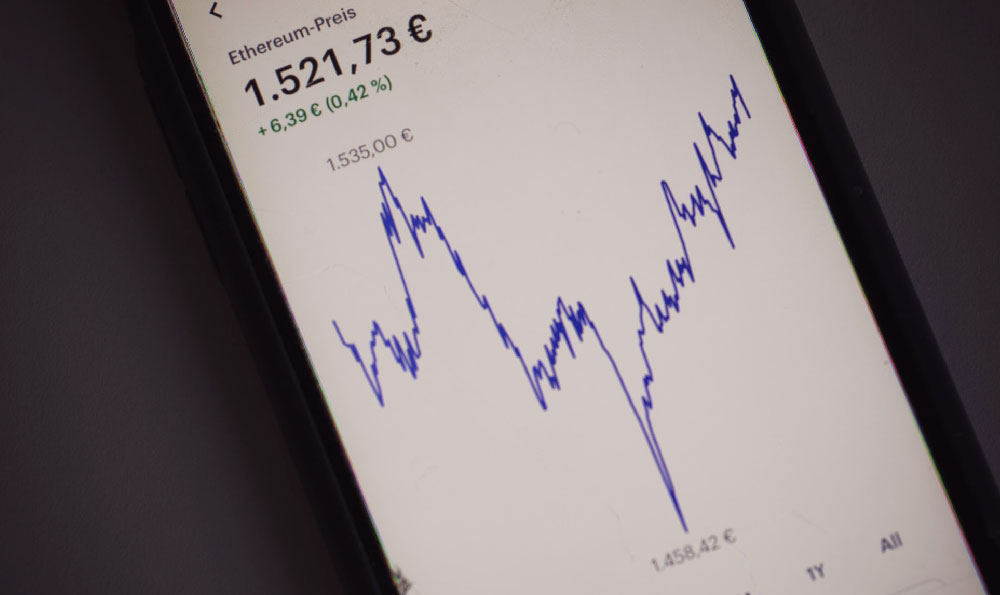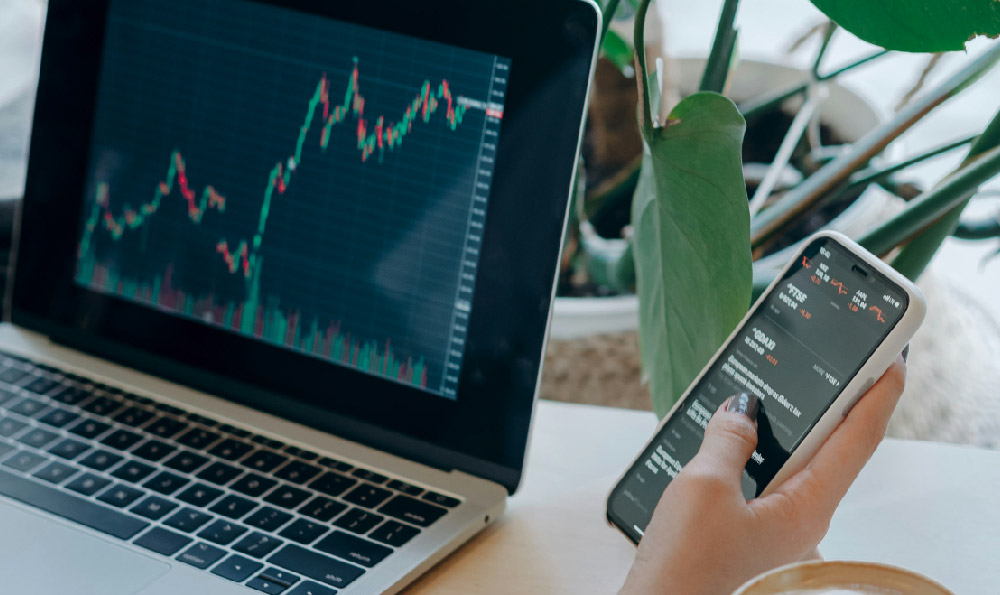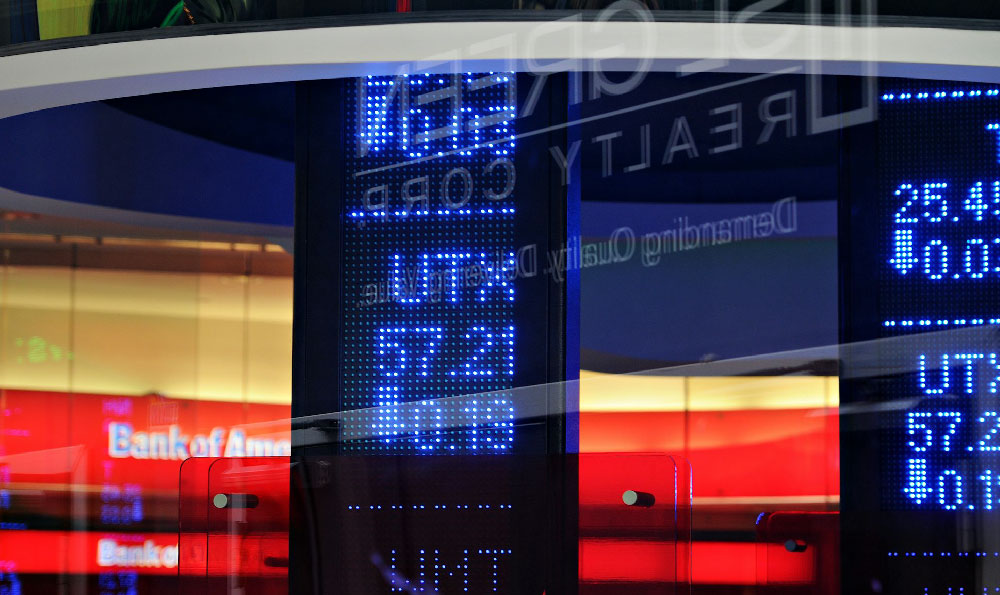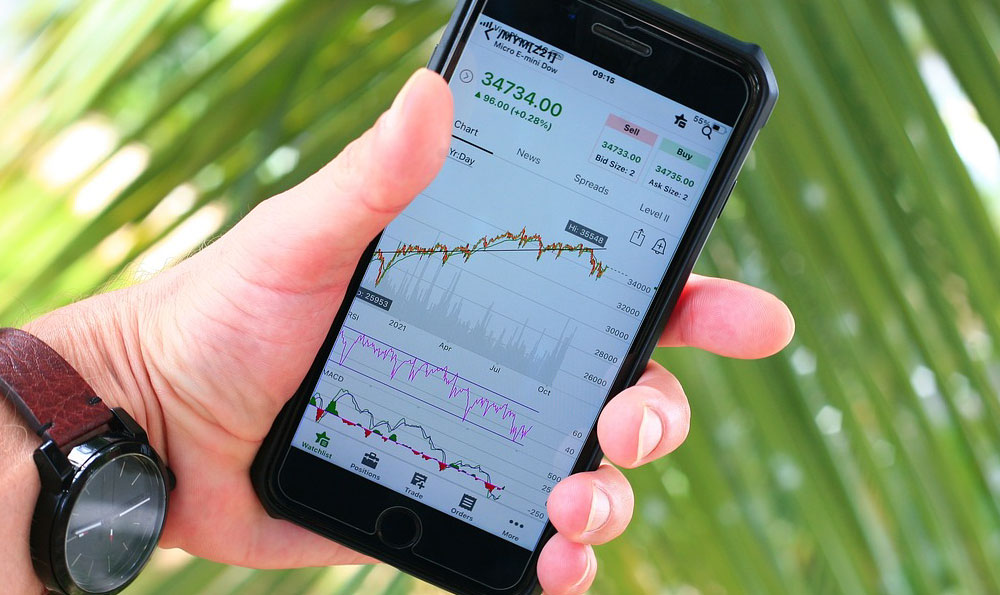The Dow Jones Industrial Average (DJIA), often simply called the Dow, is one of the most widely recognized and closely watched stock market indices in the world. It represents the performance of 30 large, publicly owned companies based in the United States, and acts as a barometer for the overall health of the American economy. Investing in the Dow isn't about buying the index itself – you can't directly purchase the Dow. Instead, you're investing in the collective performance of the companies it tracks or using investment vehicles designed to mirror its movements. Understanding your options and how to get started is crucial for making informed investment decisions.
One of the most popular and straightforward ways to invest in the Dow is through Exchange-Traded Funds (ETFs). These funds are designed to replicate the performance of the Dow Jones Industrial Average. Instead of buying shares in all 30 individual companies, you purchase shares of the ETF, which holds a basket of stocks that mirrors the index's composition. Dow-tracking ETFs, such as DIA (SPDR Dow Jones Industrial Average ETF Trust), offer instant diversification and are a cost-effective way to gain exposure to a broad range of leading U.S. companies. The expense ratios for these ETFs are typically low, making them an attractive option for both novice and experienced investors. When choosing a Dow ETF, consider factors such as the fund's expense ratio, trading volume, and tracking error (how closely it follows the index). High trading volume generally indicates better liquidity, meaning you can easily buy and sell shares when you want. Tracking error should be minimal to ensure the ETF accurately reflects the Dow's performance.
Another route is through index mutual funds. Similar to ETFs, index mutual funds aim to replicate the performance of a specific index, in this case, the Dow Jones. The key difference lies in how they are traded. ETFs trade like stocks on an exchange, with prices fluctuating throughout the day. Mutual funds, on the other hand, are typically bought and sold at the end of the trading day, with a price based on their net asset value (NAV). Dow-tracking index mutual funds can be a good option for investors who prefer the convenience of buying and selling shares directly through a fund company, often with the ability to set up automatic investments. However, mutual funds may have higher expense ratios compared to ETFs, so it's important to compare costs carefully.
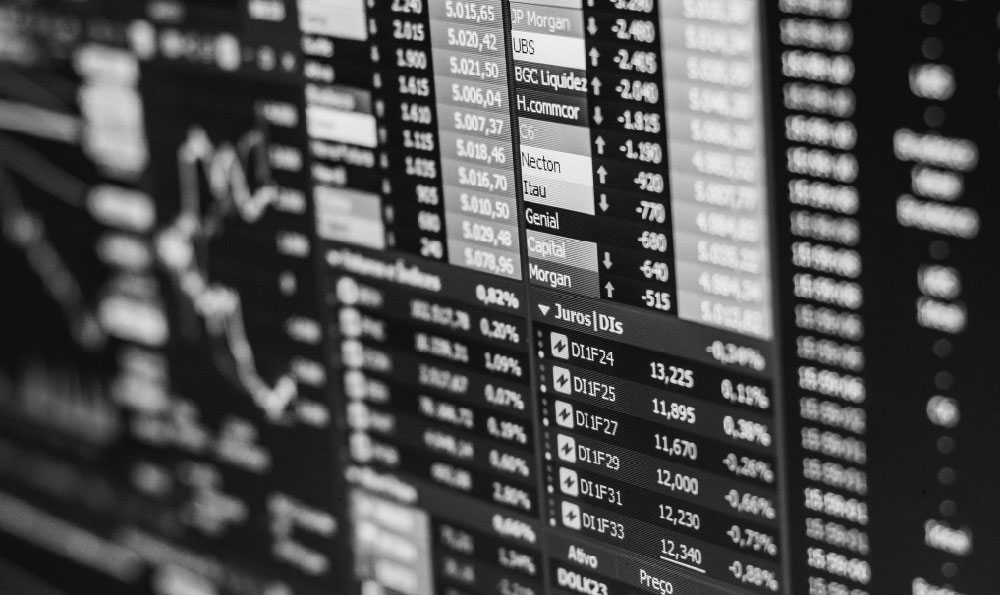
A more direct, though potentially more complex, approach involves investing in the individual stocks that comprise the Dow Jones Industrial Average. This strategy requires more research and a deeper understanding of each company's financial performance, industry trends, and competitive landscape. You would need to analyze each company's financial statements, monitor news and developments, and make informed decisions about which stocks to buy and how much to allocate to each. While this approach offers the potential for higher returns if you pick the right stocks, it also carries a higher level of risk, as the performance of your portfolio will depend on the individual performance of the selected companies. It's vital to remember that not all 30 Dow stocks will perform equally well at any given time. Constructing a portfolio that accurately mirrors the Dow's composition requires meticulous effort and ongoing monitoring. This approach is generally best suited for experienced investors who have the time and resources to conduct thorough research and actively manage their portfolios.
Before you begin investing in the Dow, it’s crucial to assess your risk tolerance and investment goals. Are you a conservative investor who prioritizes capital preservation, or are you comfortable taking on more risk in pursuit of higher returns? How long do you plan to invest – are you saving for retirement in 30 years, or do you have a shorter-term horizon? Your answers to these questions will help determine the appropriate investment strategy and asset allocation.
If you have a low-risk tolerance and a shorter time horizon, you might consider allocating a smaller portion of your portfolio to Dow-tracking ETFs or mutual funds, and balancing it with more conservative investments like bonds or cash. On the other hand, if you have a higher risk tolerance and a longer time horizon, you might allocate a larger portion of your portfolio to Dow stocks or ETFs, with the understanding that you are prepared to ride out market fluctuations.
Opening a brokerage account is the first practical step to take. Numerous online brokers offer access to ETFs, mutual funds, and individual stocks. Research different brokers, compare their fees and commissions, trading platforms, and customer service, and choose one that best suits your needs. Once you've opened an account, you'll need to fund it with cash before you can start investing.
Dollar-cost averaging (DCA) is a strategy that involves investing a fixed amount of money at regular intervals, regardless of the market price. This approach helps to reduce the risk of investing a large sum of money at the wrong time. By investing consistently over time, you'll buy more shares when prices are low and fewer shares when prices are high, averaging out your cost per share over the long term. This is a particularly useful strategy for novice investors or those who are concerned about market volatility.
Remember that investing in the Dow, like any investment, involves risk. The value of your investments can fluctuate, and you could lose money. It's important to do your research, understand the risks involved, and invest only what you can afford to lose. Stay informed about market news and developments, and be prepared to adjust your investment strategy as needed. Diversification is key. While investing in the Dow provides exposure to a broad range of leading U.S. companies, it's still important to diversify your portfolio across different asset classes, sectors, and geographic regions. This will help to reduce your overall risk and potentially enhance your returns over the long term. Consider consulting with a financial advisor. A qualified financial advisor can help you assess your risk tolerance, set realistic investment goals, and develop a personalized investment strategy that aligns with your individual circumstances. They can also provide ongoing guidance and support to help you stay on track to achieve your financial goals. Keep in mind that past performance is not indicative of future results. Just because the Dow has performed well in the past doesn't guarantee that it will continue to do so in the future. Market conditions can change, and unexpected events can impact investment returns.


